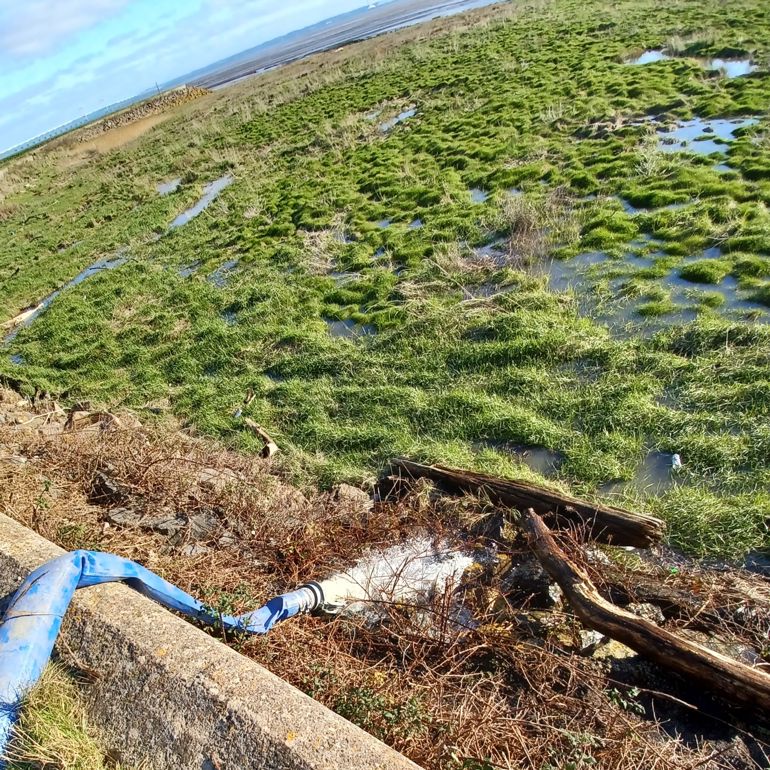Dŵr Cymru Welsh Water sentenced for polluting Gwent Levels protected environment

Following a successful prosecution brought by Natural Resources Wales (NRW), Dŵr Cymru Welsh Water has been fined £90,000 for recurring pollution incidents on the Gwent levels, and a further £160,000 for an incident on a tributary of the Afon Llwyd.
The company was also ordered to pay costs and a surcharge of £18,320.77.
On the 13th February 2025, the company pleaded guilty to four charges of discharging sewage to the environment in breach of their environmental permit.
Spanning between the 24th January 2023 and 11th January 2024, NRW officers attended a series of sewage pollution incidents impacting a watercourse known as ‘back ditch’ near the sea wall at Magor.
Sewage was witnessed by officers in more than one location, bubbling through the ground, entering the back ditch.
During the 2024 incident, officers witnessed sewage being pumped by Dŵr Cymru Welsh Water illegally onto the saltmarsh, within the Site of Special Scientific Interest (SSSI), Special Area of Conservation (SAC) and Ramsar protected habitat.
These incidents were caused by a ruptured pipe on the south east coast sewer line.
Samples collected by officers found ammonia levels to be significantly over the 1.1mg/L threshold for a SSSI.
Although repairs were made to the damaged pipe, officers attended recurring incidents of sewage discharging into the back ditch in March and May 2023, and again in January 2024. These related to further ruptures to the same pipe.
In a separate incident that was heard and charged in court at the same time, in February 2023, NRW received a report of a separate pollution incident, whereby sewage was entering a tributary of the Afon Llwyd, at Herberts Wood, Pontnewynydd - a location popular with dog-walkers.
Following some initial miscommunication from Dŵr Cymru Welsh Water about the location and severity of the incident, NRW officers were able to locate the source approximately 400m upstream to a spillage from a foul sewer chamber.
The sewage was visible over ground and throughout approximately 400m of the tributary to its confluence with the Afon Llwyd. Thick sewage fungus and a strong odour was present which suggested the pollution had been on-going for considerable time.
John Rock, Operations Manager for south east Wales said:
“For over a year, our officers recorded a pattern of recurring sewage pollution incidents in the same area, impacting a highly protected habitat which is rich in plants and wildlife, including Saltmarsh.
“Time and again we were assured that the necessary repairs had been made, yet the pollution persisted.
“As well as causing considerable harm to the local environment, we found Dŵr Cymru Welsh Water’s response to the incidents to be inadequate. Communication was at times poor, and there were unnecessary delays to their incident response procedures such as pumping and tankering away the pollution, which could have lessened the impact.
“While the fine handed down by the court today reflects the severity of the incidents, we are disappointed that it has led to this – that stronger action wasn’t taken to prevent the reoccurance of these incidents in such a sensitive environment. We will always push for early intervention and the prevention of environmental harm before prosecution.”
As Wales’s environmental regulator, NRW compiled the evidence and brought this prosecution against Dŵr Cymru Welsh Water.
The level of fine for environmental offences is set by the courts and is based on the level of harm, culpability, and the financial means of the defendants.
